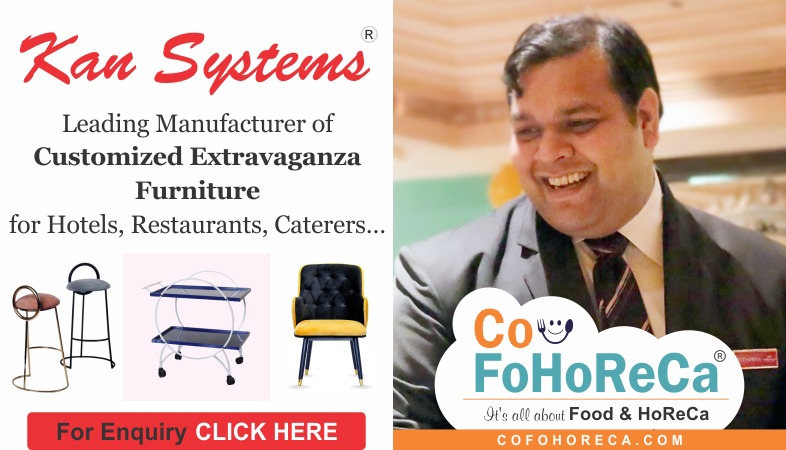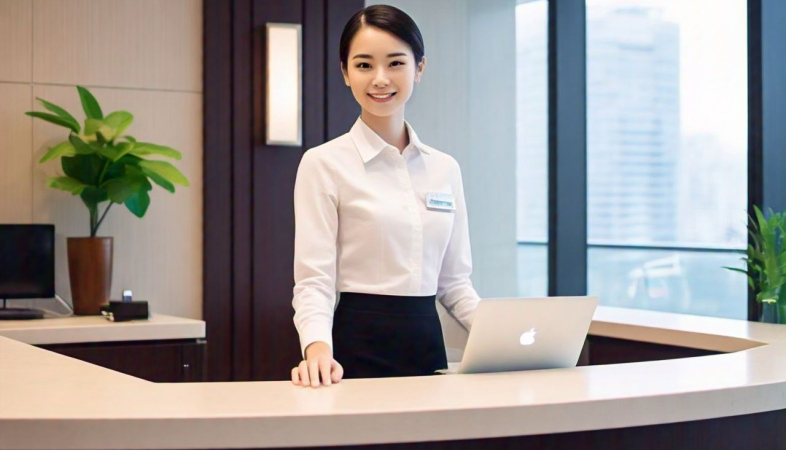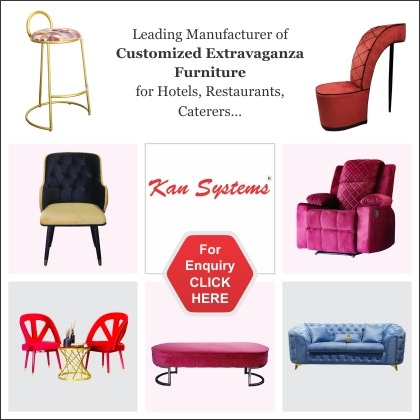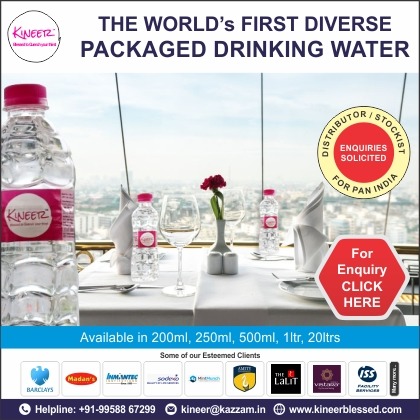SHARE
Commercials
More Posts
Jun 21, 2025
Khatta Meat - By Chef Dhum Singh
Jun 13, 2025
Rajwadi Dhokli - By Chef Lallan Kumar
May 12, 2025
Avare Kalu Akki Roti - By Chef Bharath Bhushan C
Jun 21, 2025
Khatta Meat - By Chef Dhum Singh
Jun 13, 2025
Rajwadi Dhokli - By Chef Lallan Kumar
May 12, 2025
.png)











 at The Aviyaan.jpeg)















